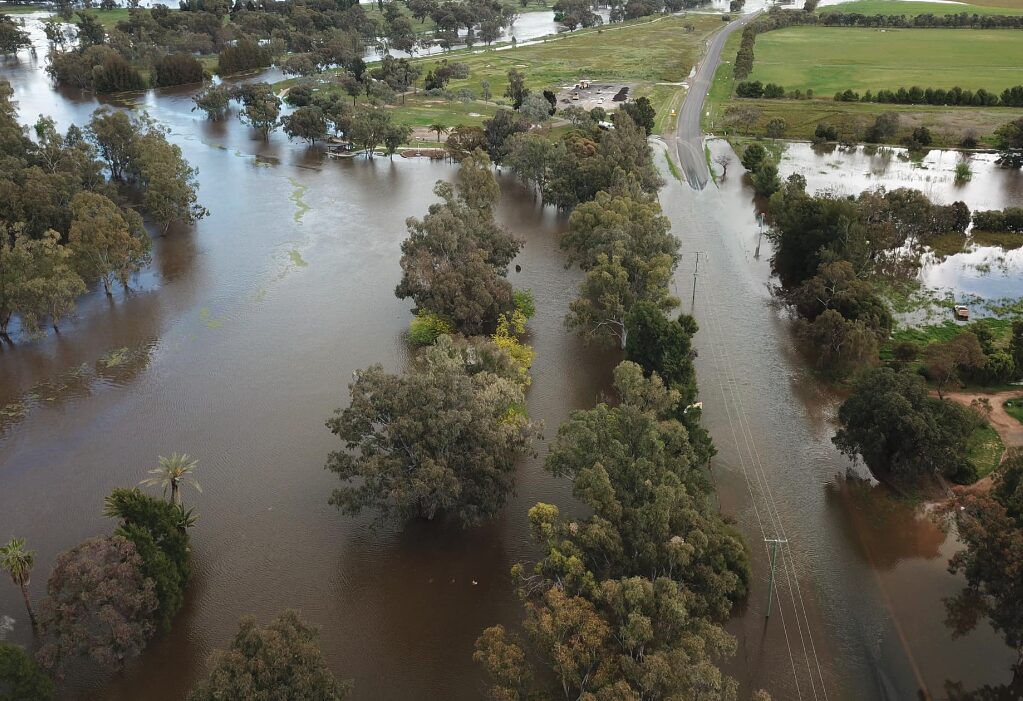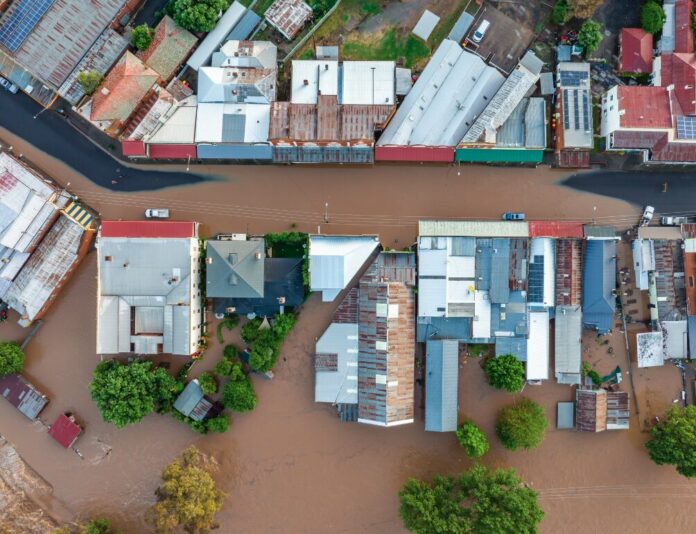The Federal and NSW Governments’ Regional Transport Resilience Fund (RTRF) has pledged $32 million to the Cabonne, Forbes, Lachlan and Parkes councils to repair and upgrade road and transport infrastructure damaged by the 2022 floods.
These four councils experienced the worst of the 2022 floods, which saw road and transport infrastructure sustain unprecedented damage in a disaster that affected a geographical area stretching about 11,000 kilometres.
The RTRF package is part of the joint Australian and NSW Governments $100 million Central West Recovery and Resilience Package which includes the $40 million Resilient Homes Program recently announced, $2 million for the Resilient Homes Consultation Program, the $25 million Community Assets Program and $1 million for the Legal Aid Assistance Program.
The cost of the RTRF package is shared between both governments under the Disaster Recovery Funding Arrangements.
“We know that for every $1 invested in betterment we save up to $10 in recovery,” said Regional Transport and Roads, Jenny Aitchison.
“The projects we are investing in will help local communities continue to rebuild their lives and livelihoods following the devastating floods and well into the future.
“The Regional Transport Resilience Fund is not just about repairing like for like. It will ensure vital infrastructure like bridges and roads are built back better able to withstand future disasters.”

Details of Regional Transport Resilience Fund projects are:
Parkes Shire Council:
- $5.65 million for:
- a new bridge on The Bogan Way between Trundle and Parkes
- a new bridge on Middle Trundle Road
- the installation of culverts and causeways at various locations on Middle Trundle Road.
- $1.08 million for the installation of new concrete causeways as part of Council’s causeway improvement program.
Forbes Shire Council:
- $5.43 million to upgrade four culverts and upgrade pavement at various locations across the council area.
- $4.4 million to upgrade five culverts and pavement on Wirrinya Road.
- $1.6 million for:
- pavement upgrades on Henry Lawson Way
- culvert replacement and pavement upgrades at various locations on Pinnacle Road
- pavement upgrades at various locations on Waugan Road.
Lachlan Shire Council:
- $3.99 million for:
- pavement overlay and stabilisation, sealing work, additional culverts at various locations, and one culvert/bridge replacement on Lake Cargelligo Road.
- pavement overlay and stabilisation, sealing work, increased culvert width and headwalls scour protection on Lachlan Valley Way.
- $827,783 for pavement strengthening, overlay and stabilisation, sealing work and increased culvert capacity at various locations on Kiacatoo Road.
Cabonne Shire Council:
- $3.78 million for installation of concrete floodways, table drains, box culverts, pipe culverts, headwalls and concrete decks at various locations across the council area.
- $3.67 million for a package of bridge work including:
- raising the bridge deck at Canomodine Lane Bridge, Canowindra
- culvert upgrades on Edward Street, Molong
- replacing the Baghdad Road Bridge, Cargo
- raising the bridge deck at Ophir Road Bridge, Ophir
- work on the Kiewa Street footbridge, Manildra.

“This program focusses on building back better so that communities across the Central West are better prepared in the face of future disasters,” said NSW Minister for Planning and Public Spaces, Paul Scully.
“It also means local communities that are hit by future floods and severe weather can bounce back more quickly, easing the burden on families, businesses and councils at a time when they need support most,” he said.
“We are rebuilding these communities for the future and this funding for vital projects will be welcomed to continue on the path towards recovery,” said NSW Minister for Emergency Services, Jihad Dib.
“We have made investing in recovery efforts in the Central West a priority and these works will help reduce future costs of repairs to road and transport assets damaged by natural disasters, as well as improving safety and transport access.”


